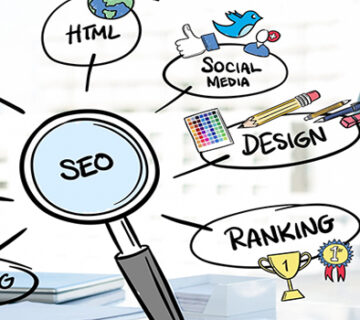You have only a couple of seconds to impress your site visitors when they arrive on your site. If your site is slow and navigation is awkward, people will leave quickly, resulting in a high bounce rate. These days, in the digital sphere, battling bounce rates is not only fought with great content. It’s about speed, design, and a seamless user experience. We recognize that the speed of your design can be a crucial factor in ensuring users remain engaged.

Why Speed Matters
According to studies, if a site is not loaded within 3 seconds, 53 percent of mobile users leave it immediately. A slow website not only annoys users but also harms your SEO track record by sending robots a negative signal attention. Nowadays, page speed is just as much a key performance indicator (KPI) as it is a part of user experience (UX) and conversion.
Key Causes of High Bounce Rates
Before we talk solutions, you need to understand why visitors are bouncing in the first place:
- Slow load times
- Confusing navigation
- Poor mobile optimization
- Cluttered or outdated design
- Irrelevant or unreadable text
A quick, contemporary style can address all three challenges.
Speed-Focused Design Strategies
Optimize Images and Media:
Large image files most commonly cause slow sites. Optimize Images Compress images without losing quality, and auto-enable next-gen formats like WebP. Lazy loading loads an image when it appears inside the user’s viewport, which helps make the initial load time faster.
Streamline Code:
Optimize CSS, JavaScript, and HTML. Eliminate plugins or third-party scripts that are slowing down your site. Clean code can drastically decrease load times and render time.
Leverage a content delivery network (CDN):
CDNs serve your content from servers around the world to reduce the time data must travel to users. This makes the load times much quicker, especially for visitors to the World Wide Web.
Mobile-First Design:
Mobile devices account for over half of a website’s traffic. Mobile-first, so your site looks great on all screens, is easy to read and navigate, and loads fast.
Prioritize Core Web Vitals:
Google’s Core Web Vitals—LCP, FID, and CLS—are key metrics for gauging user experience and should be measured and improved. A quick design optimizes for those metrics, making users and search engines both happy.
Reduce Redirects and Pop-Ups:
A series of redirects or too many invasive pop-ups can be jarring and slow. Ensure the user journey is seamless, with no barriers and good navigation.
Enhancing Engagement Through Design
Speed is only part of the equation. The UI itself needs to have a good look and feel and be intuitive to use. They make it easy for users to navigate your site and know what’s most important without feeling overwhelmed.
Use Heatmaps and Analytics
Learn how people interact with your website by studying their behavior. Tools such as Hotjar or Google Analytics will show where attention is lost and where you can work to improve and retain users.
Highlight Key Information
Prioritize critical details and include CTAs above the fold so users can quickly determine the value of your page without needing to scroll.
Final Thoughts
For a world with shorter attention spans than ever, the new coin of engagement is speed. A fast, intelligent website can enhance the user experience, increase conversions, and supercharge SEO.
We at CitrusStudio are known for creating lightning-fast, responsive websites that not only look clean and modern but also perform at a higher level, increasing your conversion rates. Let us help you reduce bounce rates on your website and retain visitors.
Want to improve your site’s performance and design?
Get in touch with CitrusStudio today for a performance-based redesign that delivers results.



